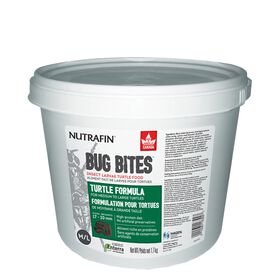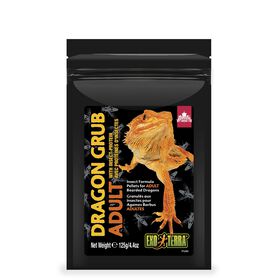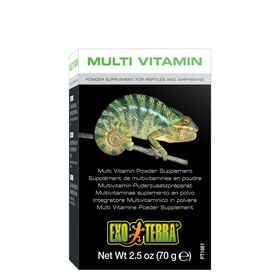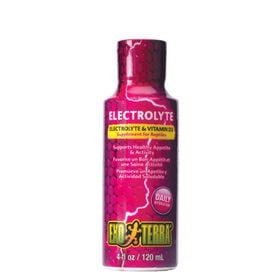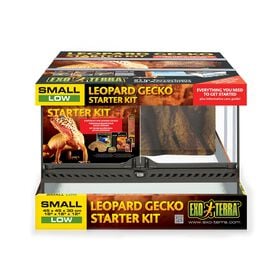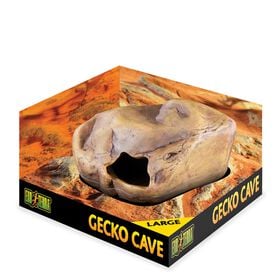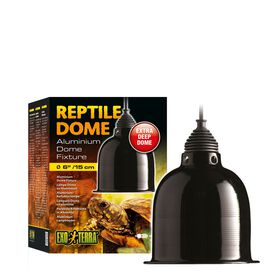Prefer scaly skin to fur? Looking to diversify what animals you have at home with a reptile? If this sounds like you, it’s best you read the below tips before taking the plunge and adopting a reptile. Since you’ll be keeping one in captivity, you should know what you’re getting into, so that you can take good care of your pet and live happily ever after with them.
Choosing the right reptile means knowing their ideal environment, eating habits, behaviour and full grown adult size.
Environment of reptiles
Depending on which pet you choose, you’ll have to outfit your home with a terrarium suited to their size and place it in a calm part of the house. You can throw in some accessories according to the specific needs of your future housemate. Here are some questions to ask yourself in order to take into consideration some of their needs.
- Do they like to climb, or do they prefer to hide away?
- Do they typically live in a desert area or in a tropical zone?
- Do they need access to water for swimming?
Since they’re unable to regulate their own body temperature, most reptiles require a source of external heat, such as a heating lamp or a heated carpet. Their habitat must therefore be equipped with a warm area as well as a more temperate zone. This will mean adjusting the temperature according to their normal way of life.
You’ll also have to carefully select the substrate that will form the bottom of the terrarium — some can cause gastric blockages when ingested. Find out what the best option is for your pet, albeit foam, soil, sand, paper bedding, newspaper, grass carpet, etc. Plants must be chosen carefully, in order to avoid your animal becoming poisoned.
UV rays and humidity
Reptiles need the sun’s rays in order to synthesize Vitamin D and thereby absorb calcium. UV rays can keep bones healthy and stimulate activity as well as appetite. UV lamps must be replaced every six months so that your reptile can benefit from sufficient rays.
Furthermore, in order to avoid dietary deficiencies, it’s important that you add supplements to your pet’s food. Keep an eye on humidity levels using a hygrometer installed in the vivarium. Optimal humidity allows for successful moulting and prevents dehydration.
Behaviour and lifestyle of reptiles
For your first reptile, make sure you choose one that has a calmer temperament and requires less care. It’s also wise to opt for a reptile whose diet is easier to manage. Hate insects? A vegetarian lizard might be right for you!
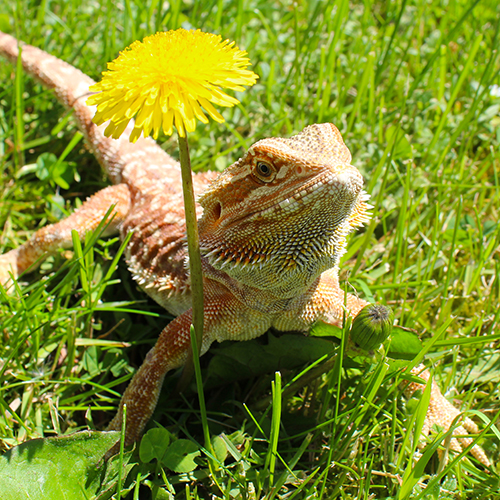
Lizards: Bearded dragon
- Semi-desert environment, needs heat and UV rays
- Omnivore: eats vegetables and insects
- 10-year life expectancy
- Recommended substrate: Compacted sand, wood chips
- Calm, easier to manage
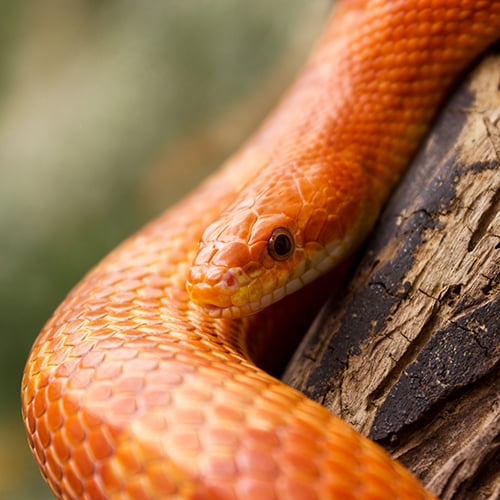
Snakes: Corn snake
- An adult can reach 1.8 metres and thus requires an aquarium of roughly 60 gallons (273 L)
- Strict carnivore: one meal per week (baby hairless mice for younger snakes, gradually feeding larger prey as they get older
- 20-year life expectancy
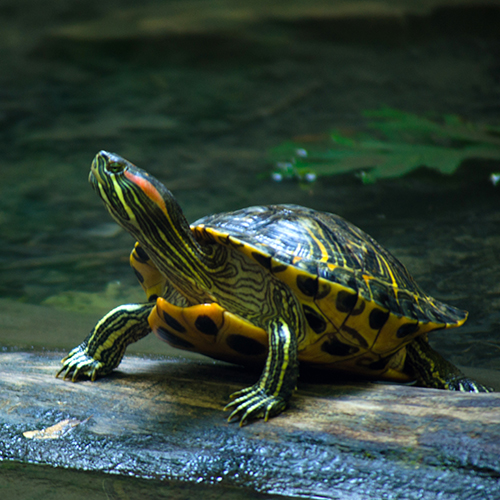
Turtles: Red-eared slider
- Needs heat and UV rays
- Aquarium with access to water
- Plan some additional space for a significantly large aquarium for when they reach maturity
- 15-30cm adult size
- Omnivore: vegetables, fish. Become primarily vegetarian as they age.
- 15-20 average life expectancy, but can live up to 40
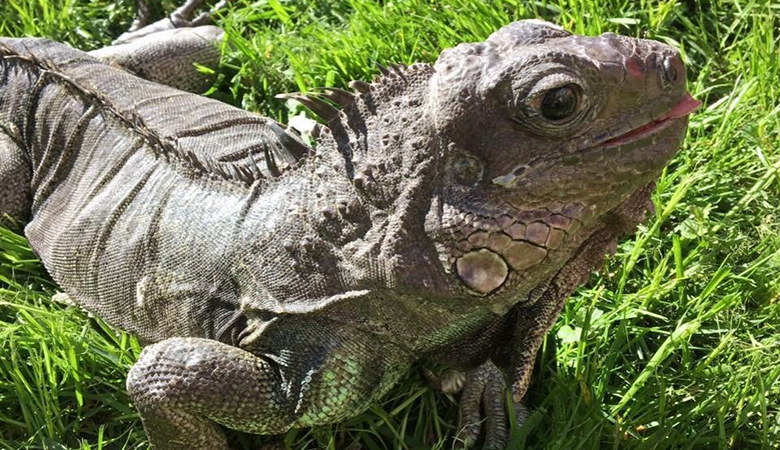
Warning!
A number of reptiles can carry salmonella without presenting any symptoms. They are bacteria that can cause zoonose, an extremely dangerous disease transmitted from an animal to a human. In order to avoid contamination, children, pregnant women, older people and people with immunodeficiency must be extra cautious with cleaning. Obviously, it’s a good idea to choose another type of pet that could potentially be a better option than reptile for one of the above cases. Give it some thought!
PS: Meet my darling daughter, a 23-year-old green iguana. At 23, she’s shattering the average lifespan of 10 years!


